
If you see your pup limping or hear them yelp in pain while climbing the stairs, you may wonder, can dogs pull a muscle?
Dogs can have pulled muscles just like humans, and it can be heartbreaking to watch your dog walk around with a limp. The muscles most often injured are those in a dog's front or hind legs and the most common symptom is a limp. How can you soothe your dog's pain? Can you prevent them from pulling a muscle in the future? Here's what you need to know.
Pulled muscles are traumatic injuries that cause damage to soft tissues, including the muscles and tendons. They are one of the more common injuries seen in dogs. They can either be the direct consequence of something or can be secondary to another illness or injury.
The symptoms of a pulled muscle are fairly classic of a soft tissue injury.
A pulled muscle can be quite painful. A dog suffering from one may be more standoffish. They may seem grumpy or upset at home, especially with other pets in the home. A dog with a pulled muscle may also have a decreased activity simply because it's painful to get around. It may also avoid specific activities like jumping on and off or furniture or using stairs.
Most pulled muscles derive from exuberant activity, but that isn't always the case. Some of the most common ways a dog can pull a muscle are as follows:
There can be different forms of myositis that can cause a pulled muscle or muscle injury. Myositis ossificans is a type of inflammatory condition where noncancerous bony deposits are found in the muscles and connective tissues. While the cause of this is unknown, some think it may be related to a clotting condition common to Doberman Pinschers called von Willebrand's disease.
Polymyositis is an inflammatory condition that can effect all muscles in the body. It can also be associated with autoimmune disorders, such as lupus or myasthenia gravis.
There are also different myopathies that can lead to pulled muscles. Labrador Retriever Myopathy occurs in both yellow and black labs. While the cause of this disease process is still unknown, it appears to be an inheritable ailment.
Great Dane Myopathy is another muscle disorder that appears to be inheritable. While no cases have been reported yet in the United States, they've been noted in England, Australia, and Canada.
External Myopathy (Rhabdomyolysis) is a myopathy that affects primarily racing greyhounds and other working dogs. It occurs after extensive exercise and is thought to be triggered by a lack of oxygenated blood in the muscles.
Dogs can tear their cranial cruciate ligament (analogous to an ACL tear in people). While this is, by definition, a ligament injury and not a muscle injury, the inflammation it causes can lead to pain and injury in the surrounding muscle tissues.
If you think your dog pulled a muscle, your veterinarian will most often diagnose it based on physical exam and the recent history of your dog. A physical exam will help your veterinarian determine where exactly the injury is. Obviously, if your dog is limping on their front right leg then they have an injury to that limb. However, the effected muscle can be anywhere from the
shoulder to the carpus (the wrist joint).
Knowing where the injury is specifically can help your vet determine if it's likely just a pulled muscle or if it might be something more. During the physical exam, your veterinarian may also do something called a gait assessment. This is exactly what it sounds like. Your dog is allowed to walk up and down a hallway where the veterinarian can easily watch how your dog moves his body and carries his weight. Some limps can be quite obvious but others may only cause a very subtle change in how a dog
walks.
Your veterinarian may also want to take radiographs, or X-rays. Although muscles cannot be easily assessed on an X-ray, your veterinarian may want to rule out any potential fractures. A torn cruciate ligament won't show up on an X-ray, but inflammatory changes to the surrounding tissues may show up as radiographic changes. Also, some breeds of dog are more predisposed to bone cancer, which can also present as a painful limp. Bone cancer is especially malignant, so taking an X-ray to rule it out may be warranted if your dog is one susceptible to it.
There are also more specialized pieces of equipment that can look for changes in how a dog carries their weight and any inflammation that they may be masking. Some facilities that do rehabilitation and sports medicine may have force plates they can use to see if a dog is bearing their weight evenly on all four paws or if they are compensating on one paw versus another. Thermal imaging can look to see if there's a muscle body significantly warmer than the surrounding tissues. Because inflammation causes heat, any warmed areas may have inflammatory changes.
There's no one single treatment for a pulled muscle; treatment involves a combination of therapies. If your veterinarian suspects that your dog has pulled a muscle, they will want to prescribe medication to help with the pain and inflammation. Usually, this includes a non-steroidal anti-inflammatory drug, such as carprofen (Rimadyl) or meloxicam (Metacam), and may include a muscle relaxer, such as methocarbamol.
A cold therapy laser can also help heal a pulled muscle This is a device that uses light to increase healing time, decrease pain, and decrease inflammation. It can be especially useful in helping a dog with a muscle injury.
Your veterinarian will also suggest exercise restriction to help with your dog's pulled muscle. This allows your dog's muscle to heal and will prevent re-injury. This can be the trickiest part for some. Most dogs that pull a muscle pull it because they are very active, and they may not be big fans of strict crate rest. Puzzle feeders and interactive toys can provide mental stimulation for a dog that can't run around like they may want to. Medications, such as trazodone, can also help keep your dog calm and quiet without the use of sedating opioid medications.
If a cranial cruciate ligament is the cause of your dog's muscle pain, your veterinarian may recommend surgery to repair the torn ligament. This can be costly, though, and requires general anesthesia, which not all dogs may be candidates for.
Generally, most dogs will readily heal from a pulled muscle with treatment and exercise restriction. Dogs with a torn cranial cruciate ligament that have it repaired surgically often fare better than those that don't have the surgery. Sometimes, though, smaller breed dogs with torn ligaments do just fine after scar tissue forms that then helps to strengthen the joint without the need for surgery. Your veterinarian can help you determine if you should pursue surgery or not.
It can be difficult to prevent a torn muscle in your dog. Obviously, we can't teach our dogs the importance of stretching, warming up, and cooling down after exercise. However, a dog that is at a healthy weight will be far less likely to injure themselves than one that is overweight. The extra weight on an overweight or obese dog can put added stress on a dog's muscles.
With rest and pain medication, your dog should start to feel better in no time.

Cute Pictures & Facts About Calico Cats & Kittens
Learn fascinating facts about calico cats, including photos, the genetics behind this color combination, and common folklore and traditions.
How to Prevent Cat Separation Anxiety During Vacations
Discover why cats develop litter box problems and cat behavior problems when you go on vacation and what you can do about it to help them.
Cat Behavior Changes That Might Mean Something's Wrong
Cats' behavioral changes may indicate problems—or they may mean nothing at all. Explore causes of odd behavior and what to do about them.
Lhasa Apso: Dog Breed Characteristics & Care
The Lhasa apso is an ancient breed from Tibet that was bred to be a watchdog. Learn about its history, health, exercise needs, and more.
Reasons Why Dogs Run Away and How to Stop It
Dogs can escape, especially if they’re bored and not properly contained. Here are some techniques for stopping your dog from running away.
Can Dogs Get Depression? How to Help Your Sad Dog
Can dogs get depression? Learn about the signs of depression in dogs and find out how to help your sad dog.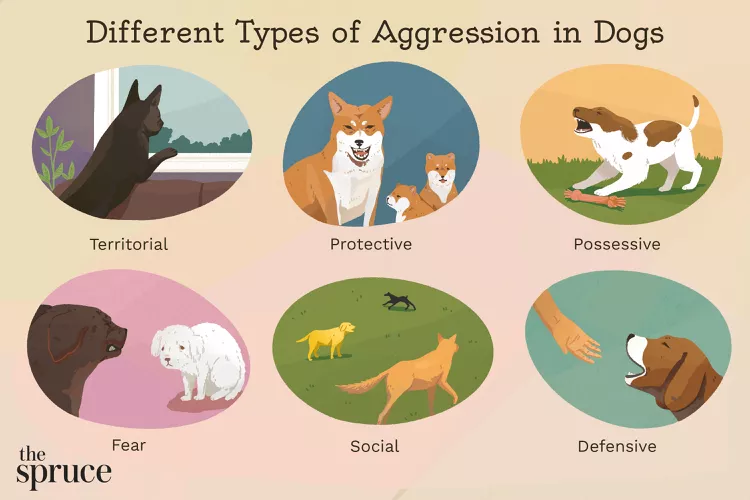
How to Stop Aggression in Dogs
Dog aggression can be a serious behavior issue for pet owners. Learn how to stop aggression in dogs before someone gets hurt.
How to Stop Your Dog From Growling
A growling dog can soon become even more aggressive. Reduce the noise and potential for a dangerous situation with some of these techniques.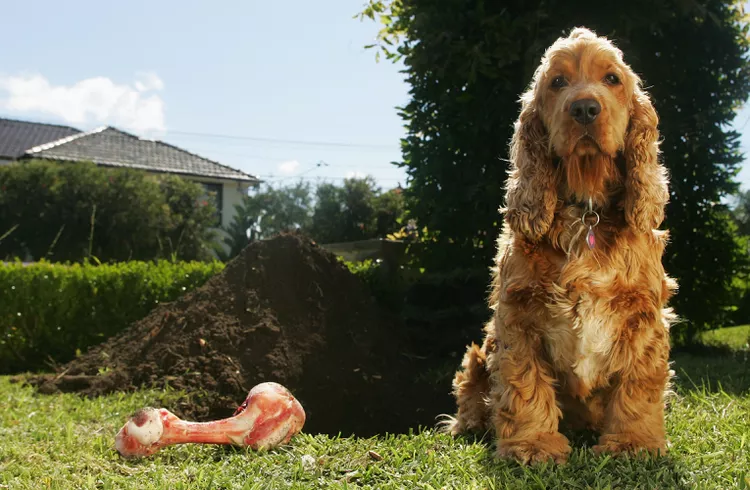
Why Do Dogs Dig Holes? How to Stop Your Dog from Relandscaping Your Yard
Dogs have been digging holes for centuries and for many reasons. Whether they’re bored or want to cool off in the dirt, here are the top reasons why dogs dig holes.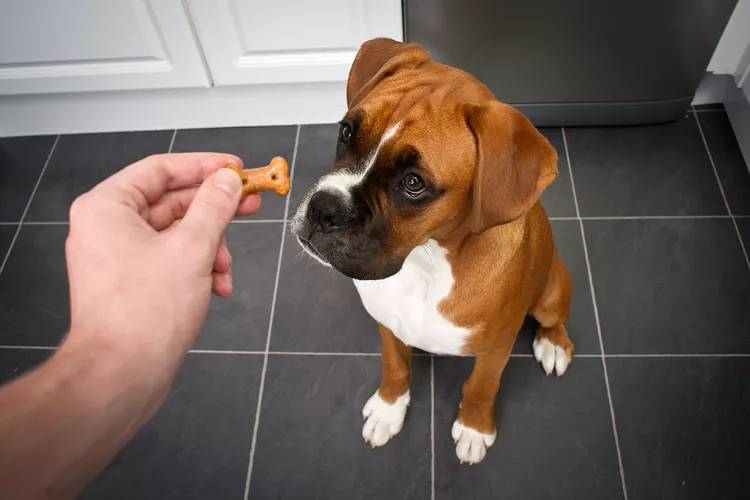
Dog Treat Varieties
Learn about the different types of dog treats on the market and decide which are best for your dog.
Can Dogs Eat Asparagus?
Dogs can eat asparagus, provided the vegetable is cooked plain and cut up for them. Seasonings, salt, and butter make it unhealthy for dogs.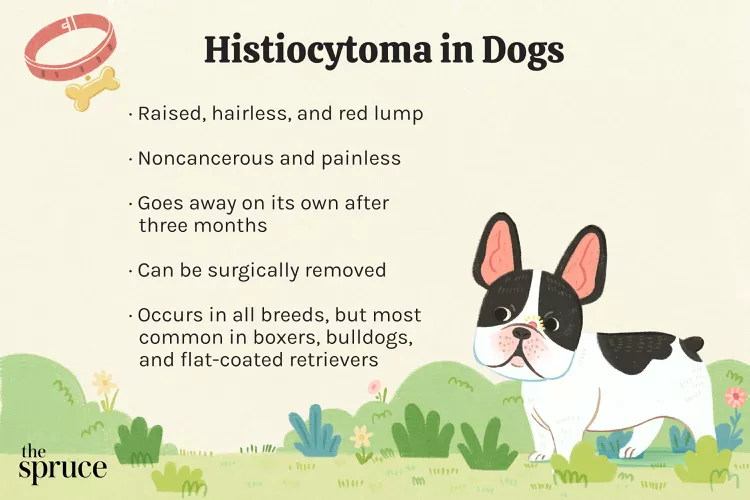
Histiocytomas in Dogs
A histiocytoma is a type of benign (non-cancerous) skin lump that usually affects young dogs. Learn the causes, treatment, and prevention.
Why Is My Dog’s Eye Swollen?
If your dog's eye is swollen, she may need veterinary attention. The inflammation could be caused by allergies, an injury, or even a tumor.
Common Bugs and Parasites Found on and Inside Dogs
Learn about common types of parasites in dogs. Find out how to treat and prevent parasites to keep your dog, your family, and yourself safe.
Exploring the Different Types of Pet-Friendly Beaches
Are you looking for pet-friendly beaches? Learn about the different types of pet-friendly beaches, their locations, and tips for visiting them with your pet.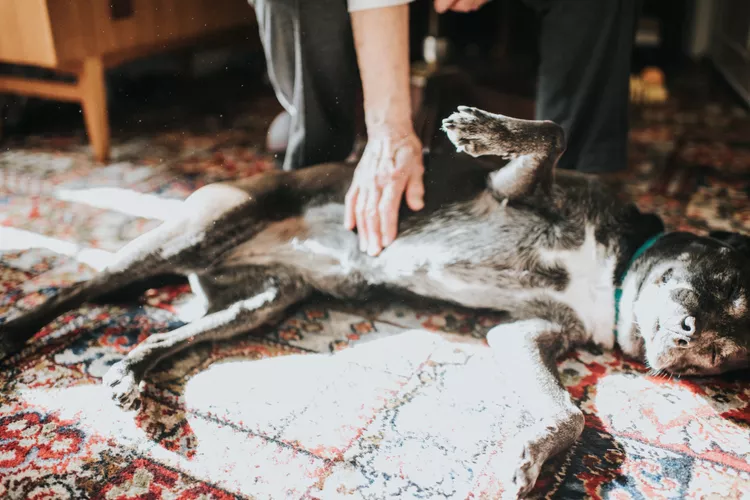
10 Obscure, Little-known Canine Facts in Honor of National Dog Day
With National Dog Day upon us, it's time to celebrate everything about our favorite pets—even the weirder stuff. Here are 10 obscure facts about dogs you probably didn't know.
Kitten Development From 3 to 6 Months Old
Kittens grow and change a lot during their first year. Find out what happens between the ages of three months and six months old.
95 Siamese Cat Names
Our list of Siamese cat names has diverse and fun options to help you choose the ideal moniker for your elegant and lovable feline companion.
What to Buy for Your New Cat: A List of Essentials
Before you bring your new cat or kitten home, there are a number of things to collect or buy so your cat will feel welcomed like a family member.
The 6 Best Cat Nail Clippers of 2024 for a Safe Trim
Clipping your cat's nails can save your furniture and keep your kitty comfortable. We asked veterinarians for their cat nail clipper recommendations.